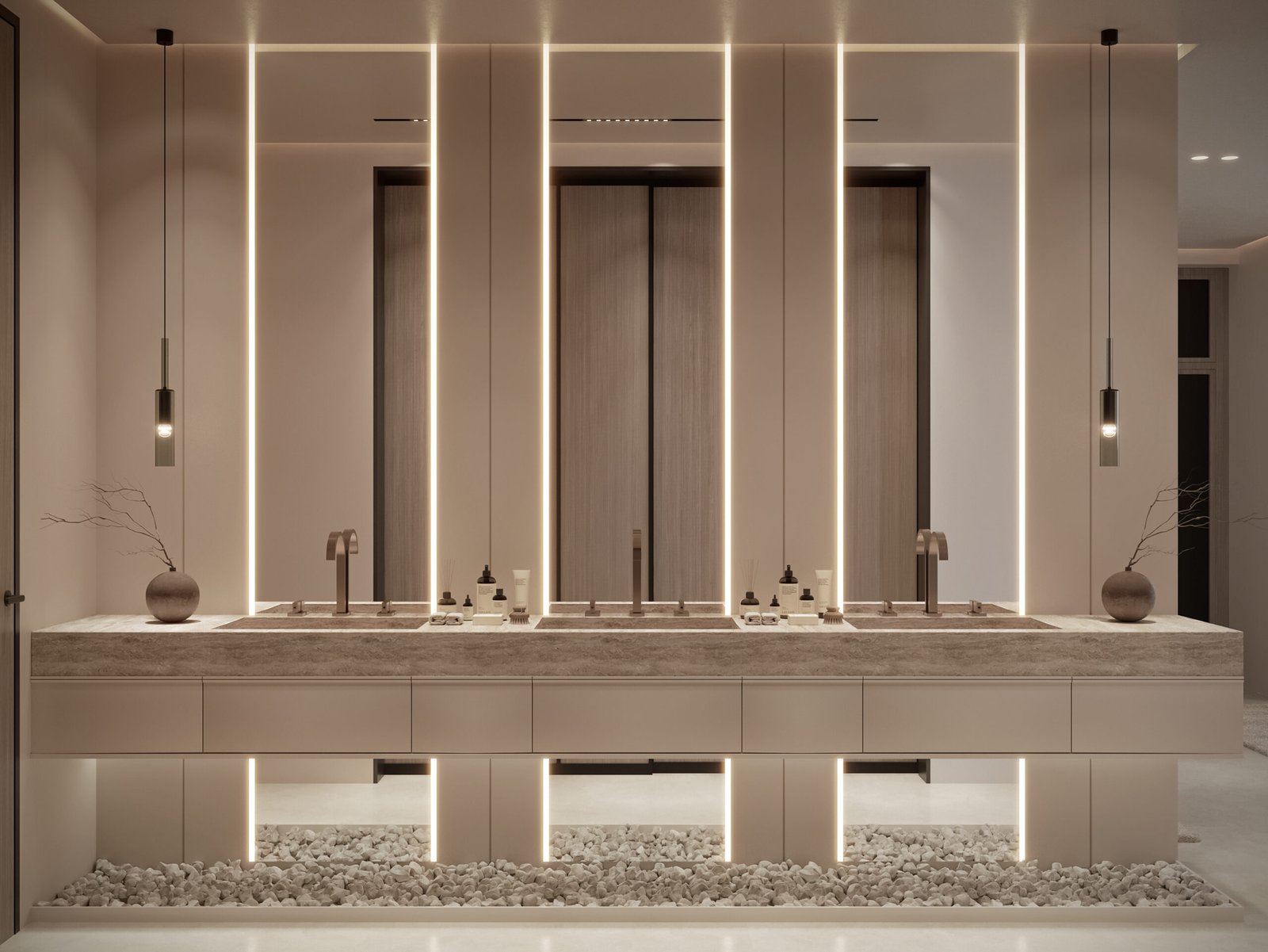Eco-Friendly Design: How to Create an Energy-Efficient Home
In today’s world, sustainability isn’t just a trend — it’s a responsibility. Designing an energy-efficient home not only helps the environment but also reduces your long-term energy costs and enhances your overall living comfort. Whether you’re building from scratch or renovating, the right eco-friendly design choices can make a world of difference.
1. Optimize Natural Light and Ventilation
A truly eco-friendly design makes the most of what nature already provides — sunlight and fresh air. By optimizing natural light, you reduce the need for artificial lighting during the day, lowering energy consumption and creating a warm, inviting atmosphere. Large windows, skylights, and light-colored interiors help bounce sunlight deeper into living spaces, enhancing brightness without extra power.
Equally important is natural ventilation. Thoughtful placement of windows and vents allows air to flow freely, maintaining comfortable indoor temperatures and improving air quality. Cross-ventilation — where air enters from one side and exits from another — is one of the most effective passive cooling strategies. It reduces reliance on air conditioning, cuts energy costs, and creates a healthier, more sustainable home environment.
Simple design decisions like orienting your home to capture morning light or using operable windows can make a big difference in both comfort and environmental impact.
2. Choose Sustainable Building Materials
Using materials like bamboo, reclaimed wood, recycled metal, or natural stone not only gives your home a modern, elegant look but also minimizes your carbon footprint. These materials are durable, stylish, and environmentally friendly — a perfect combination for any green home.
3. Insulation Is Key
Good insulation keeps your home warm in the winter and cool in the summer. Eco-friendly insulation materials such as cellulose, wool, or cork can drastically improve your home’s energy performance while maintaining indoor comfort all year round.
4. Install Energy-Efficient Windows and Doors
Windows and doors are major sources of heat gain and loss. Double-glazed or low-emissivity (Low-E) windows are designed to trap heat in colder months and reflect it in warmer seasons — significantly lowering your heating and cooling costs.
5. Incorporate Smart Home Technology
Integrating smart thermostats, energy-efficient lighting systems, and automated blinds helps you control energy usage more effectively. These technologies allow you to monitor and adjust your energy consumption in real-time, maximizing efficiency and convenience.
6. Add Greenery Indoors and Outdoors
Indoor plants don’t just beautify your home — they purify the air and improve mental well-being. Outdoor landscaping, like planting trees or green roofs, provides shade, reduces heat absorption, and creates a naturally cooler environment.
Why Choose Buildingapex for Your Eco-Friendly Home Project?
If you’re looking to bring your energy-efficient home vision to life, Buildingapex is the perfect partner. As one of the best interior and contracting companies, Buildingapex specializes in sustainable, functional, and aesthetically stunning designs tailored to your lifestyle.
Their expert team combines innovative design with eco-friendly materials and advanced energy solutions — ensuring your home isn’t just beautiful, but also environmentally responsible. From concept to completion, Buildingapex delivers quality craftsmanship, modern design, and lasting sustainability.
—
Final Thoughts
Creating an energy-efficient home doesn’t have to be complicated — it’s about making smart choices that benefit both you and the planet. With expert guidance from Buildingapex, you can achieve a home that’s stylish, comfortable, and environmentally conscious.
Start building your dream eco-friendly home today with the trusted experts at Buildingapex — where sustainability meets perfection.




Comments are closed